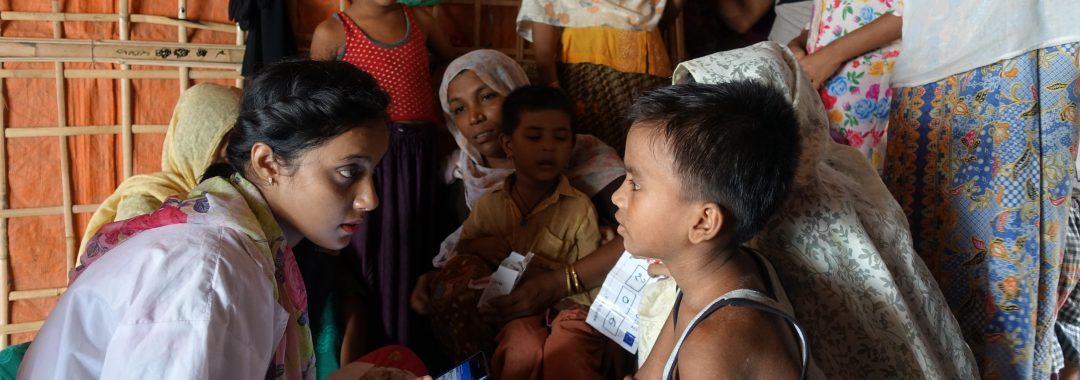Creating impact in agriculture? A digital application from the Global South
One significant problem of countries in the Global South is a scarcity of resources to cover basic needs and services. The common challenges are; universal access to healthcare, lack of scientific knowledge for better agricultural yields, shortage of school teachers, migration problems, climate vulnerabilities, etc. To mitigate the above issues, development partners support governments and initiate projects and programs. Over the years, Information and Communications Technologies (ICT) have been generating interest in relation to development initiatives in the Global South (Heeks, 2018). Now, an important question to ask is, how does ICT intersect with development?
Development challenges in the Global South countries lead to weak economic growth, which results in more poverty. There are still 736 million people on an income of less than two dollars a day, and 47 countries are classified as less developed by the United Nations (UN). The UN designed the Sustainable Development Goals in an effort to overcome poverty, hunger, and disease, as well as to eradicte various forms of violence. The goal; a world with universal literacy, equitable access to education, healthcare, social protection, and the promise of more peaceful and inclusive societies (Walker, Pekmezovic, & Walker, 2019). ICT is seen as a potential tool to foster development growth in the 21st century. Internet connectivity is now widespread in developing countries and mobile telephony close to ubiquitous (Mitullah, Samson, Wambua, & Balongo, 2016).
For example, USAID along with its technical partner, mPower, developed a smartphone app named ‘Farmer Query System’ in Bangladesh. It was designed to connect farmers with questions or problems with call center experts. Queries go to a call center where these experts with access to databases formulate an answer which is sent back to the farmer via a text message or a direct call. This has enabled the farmers to adopt a best practice approach, which has led to increased crop output and improved income and food security. The project racked up more than 80,000 agriculture consultations in 5 years. But the service also had challenges.
A study done by University of Illinois has shown that one benefit of the app is that photos of affected crops can be sent along with the queries, which provides additional and valuable information. But the quality of photos was often not sufficient to enable them to correctly diagnose the problems. Call center experts also experienced that farmers oftentimes did not describe their problems in sufficient detail for them to assist. They also reported that some questions went beyond the information in their database and dealt with issues not related to farming, such as nutritional value. This required them to conduct additional research and slowed down their response times.
Bangladesh’s example thus explains that development impact using ICT requires thinking through different value chains and processes, particularly regarding technology design and service.
Acknowledgement:
‘USAID Agriculture Extension Support Activity Project’ and the consortium partner organizations – Dhaka Ahsania Mission, Care Bangladesh and mPower.
Author: Hasib Ahsan
References
Carmody, P. (2019). Development Theory and Practice in a Changing World. New York: Routledge.
Heeks, R. (2018). Information Communication Technology for Development (ICT4D). Oxon: Routledge Perspectives on Development.
Mitullah, W. V., Samson, R., Wambua, P. M., & Balongo, S. (2016). Building on progress. Afrobarometer Dispatch, 69.
UNCSTD. (1997). Report of the Working Group on Information and Communication Technologies for Development. Geneva: UNCSTD.
Walker, J., Pekmezovic, A., & Walker, G. (2019). Sustainable Development Goals: Harnessing Business to Achieve the SDGs through Finance, Technology and Law Reform. West Sussex: Wiley.
